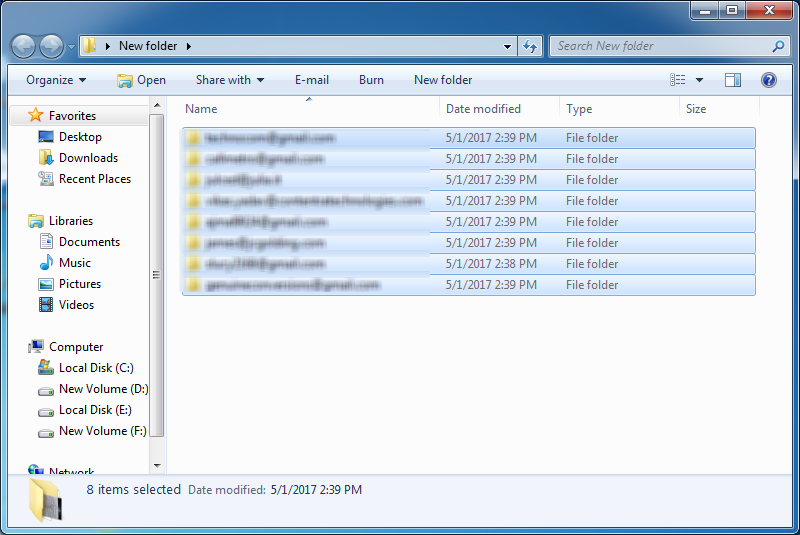


For two financial institutions to exchange banking transactions, they must have a banking relationship beforehand. SWIFT does not facilitate funds transfer: rather, it sends payment orders, which must be settled by correspondent accounts that the institutions have with each other. The majority of international inter-bank messages use the SWIFT network. SWIFT is used by around 11 thousands institutions in more than 200 countries and supports around 25 million communications a day, most of them being money transfer transactions, the rest are various other types of messages. It is overseen by a committee composed of the US Federal Reserve, the Bank of England, the European Central Bank, the Bank of Japan and other major banks.

SWIFT - Society for Worldwide Inter-bank Financial Telecommunication - is a Belgian company, located in Belgium, and is a trusted and closed network used for communication between banks around the world.

2.4.2 MT202 COV Parsing and Data Mapping.2.4.1.1 MT202 COV Example: Cover payment.2.3.1.3 MT202 Example 3: routed message.2.3.1.2 MT202 Example 2: other bank case.2.3.1 SWIFT MT202 Introductory Exampkes.2.2.1.4 MT103 Example 4: Announce message (cover method).2.2.1.3 MT103 Example3: forwarded serial message.2.2.1.2 MT103 Example 2: more realistic example.2.1.1.5 MT101 Example 5: Fund repatriation.2.1.1.4 MT101 Example 4: Payment from a subsidiary account.2.1.1.3 MT101 Example 3: Multiple payments in MT101.2.1.1.2 MT101 Example 2: beneficiary with another institution.Dissecting key SWIFT Mesages involved in payments (Funds Transfers) 1.3.2 Typical situation and use cases in banking institutions.1.3.1 Detailed presentation of key SWIFT messages.1.2.2 Transferring Money Using a Correspondent Bank.This article presents each and every of these messages, discuss their typical use cases and details key SWIFT fields involved. MT 202 COV - General Financial Institution Transfer for Cover payments.MT 202 - General Financial Institution Transfer.MT 103 - Single Customer Credit Transfer.


 0 kommentar(er)
0 kommentar(er)
